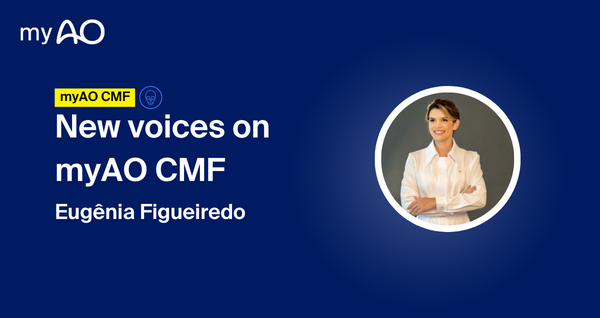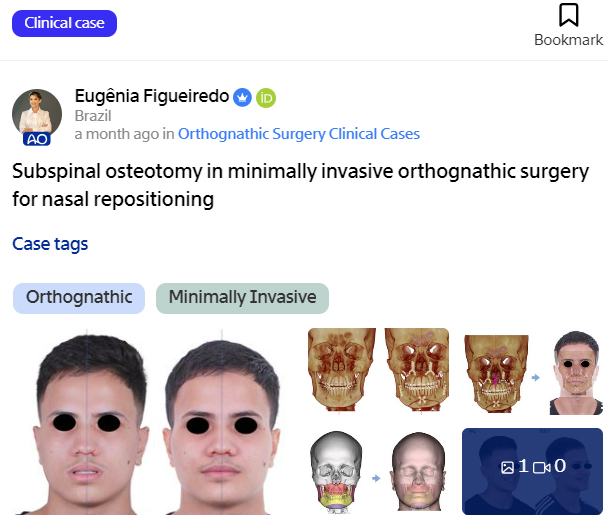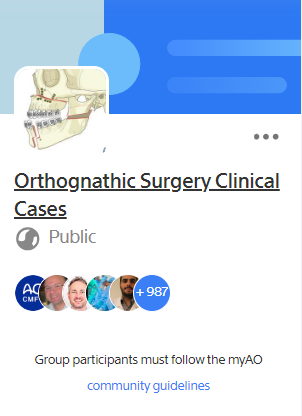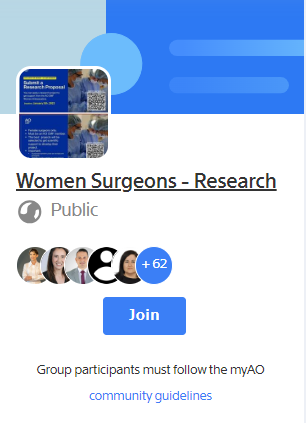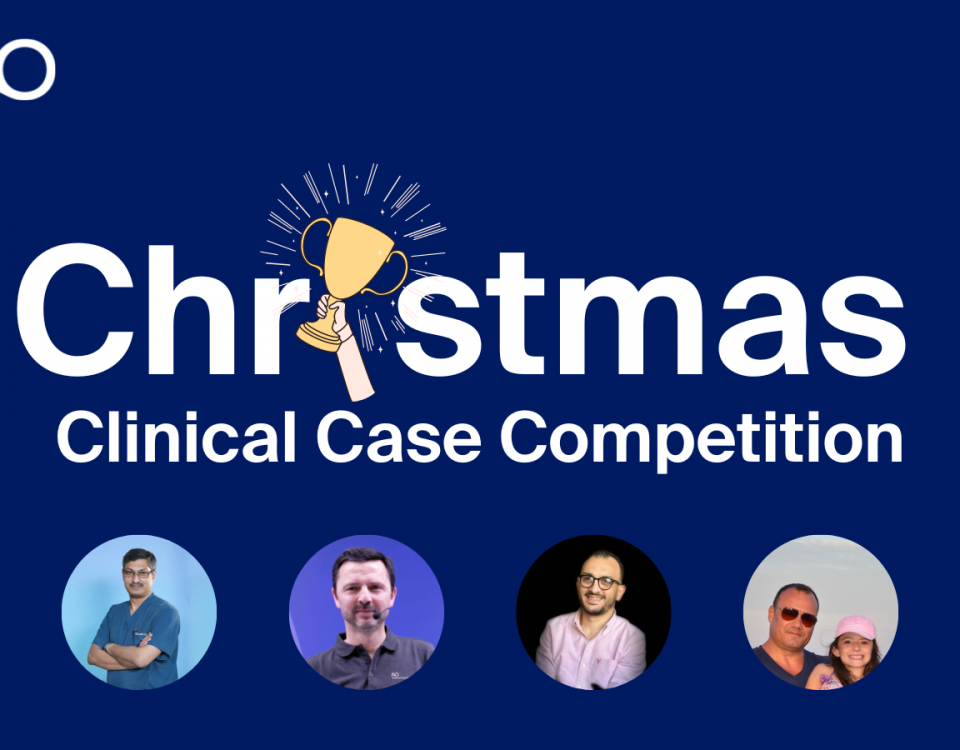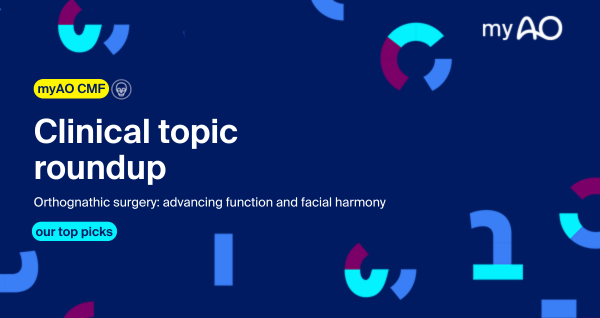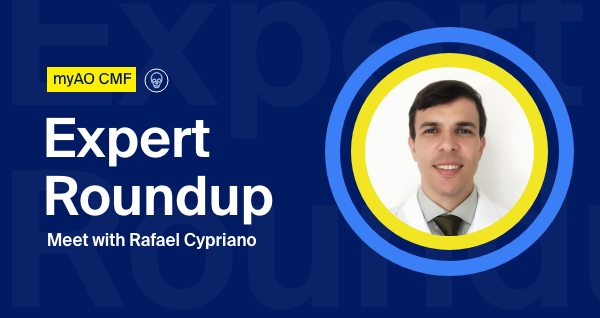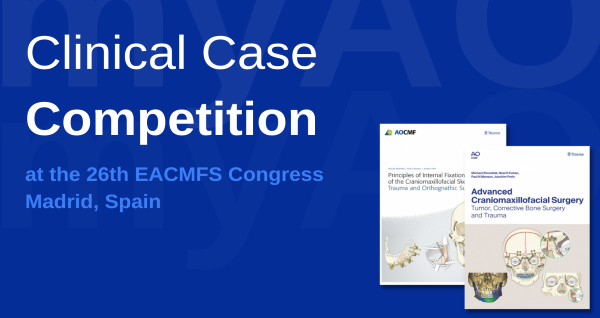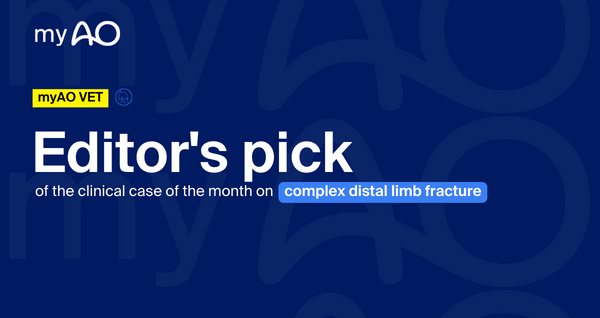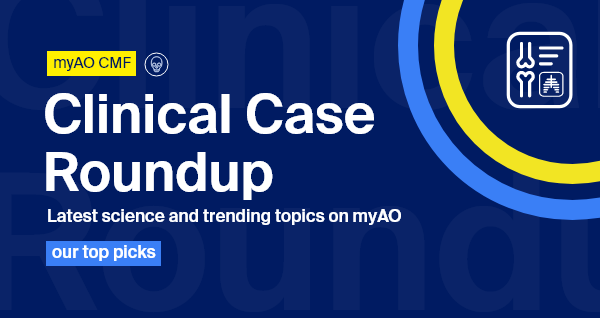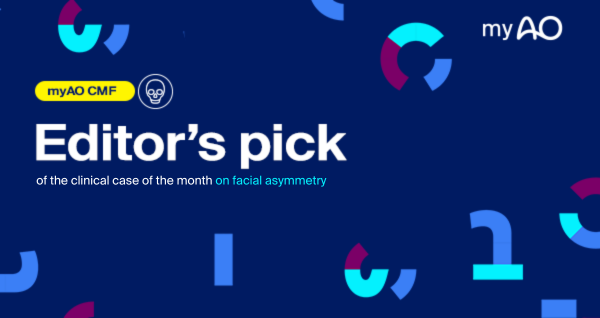Craniomaxillofacial Surgery
February 2023
December 2022 saw the first ever Case Competition on myAO. Surgeons from across the 5 specialties of the AO network shared interesting cases to be reviewed and discussed with their peers on myAO groups.- myAO clinical roundup on orthognathic surgery Orthognathic surgery plays a pivotal role in correcting dentofacial deformities, restoring function, and improving aesthetics and quality of life for patients. Advances in virtual surgical […]
December 2022
Review the most viewed videos, active groups and read articles that you, together with the myAO network, found as interesting over the year.August 2021
Oral and maxillofacial surgeon in private practice in Vitória, Brazil. Rafael is the coordinator of oral and maxillofacial surgery at Vitória Apart Hospital and Hospital Santa Rita de Cássia. Experienced in orthognathic surgery, temporomandibular (TMJ) disorders and surgery and maxillofacial trauma.September 2022
Are you attending the 26th EACMFS Congress in Madrid this September? Participate in the AO CMF clinical case competition on myAO and win a complete collection of AO CMF books (Principles of Internal Fixation of the Craniomaxillofacial Skeleton and Advanced Craniomaxillofacial Surgery).- Treatment of complex distal limb fracture For this month’s Editor’s Pick, our editorial team has selected a complex distal limb fracture case posted by Mark Owen (FRCVS) in […]
January 2023
The radial forearm free flap (RFFF) is a flap with ideal characteristics for lip reconstruction because it is thin and can be folded to restore both the skin and the inner lining.November 2022
Operative planning and management of cranial trauma is complex, varying by fracture and location. Surgery is often required for compound or depressed fractures significant enough to damage underlying tissue.- Editor’s Pick of the clinical case of the month on facial asymmetry In this month’s Editor’s Pick, myAO is spotlighting a complex case presented by Dr. […]

